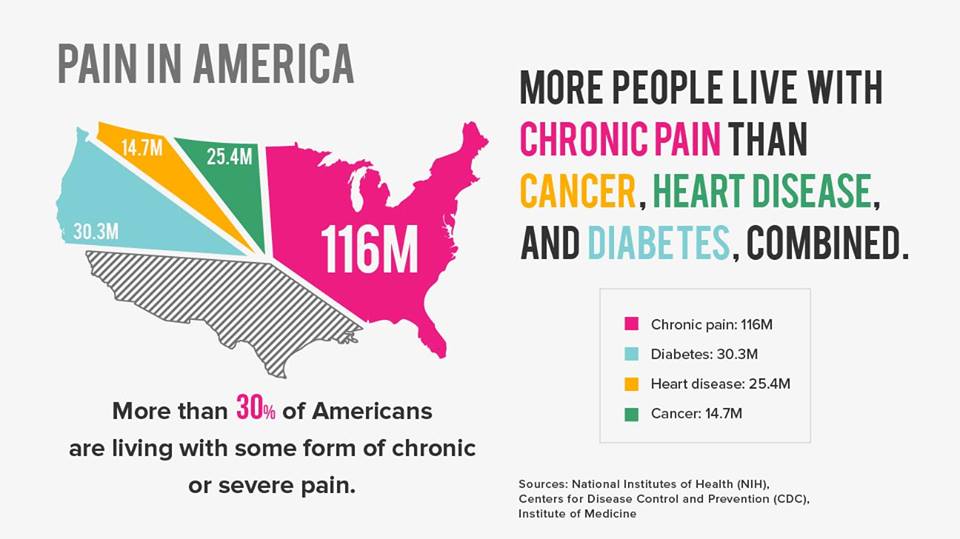Low Back Pain: A Major Global Problem For Which the Chiropractic Profession Needs to Take More Care
SOURCE: Chiropractic & Manual Therapies 2018 (Jun 25); 26: 28
Simon D. French, Aron S. Downie and Bruce F. Walker
Department of Chiropractic,
Faculty of Science and Engineering,
Macquarie University,
Sydney, Australia
An important series of papers have been published in the Lancet. These papers provide a comprehensive update for the major global problem of low back pain, and the challenges that low back pain presents to healthcare practitioners and policy makers. Chiropractors are well placed to reduce the burden of low back pain, but not all that chiropractors do is supported by robust, contemporary evidence. This commentary summarises the Lancet articles. We also make suggestions for how the chiropractic profession should most effectively help people with low back pain by implementing practices supported by high quality evidence.
This is just one article from a series of 4:
From the Full-Text Article
Background
Low back pain is a major global problem and it is getting worse. [1] An important series of articles in the journal Lancet, authored by world leading authorities on low back pain evidence, has drawn international attention to how enormous the problem is. The Lancet authors also discussed how low back pain is being poorly managed by healthcare systems around the globe, including emerging issues in low and middle-income countries. [2–4] This commentary will summarise the main findings of these Lancet papers, and provide some suggestions for how the chiropractic profession should respond to the global challenge that is low back pain.
The Lancet papers
There are more articles like this @ our:
In the first review paper, Jan Hartvigsen and colleagues [3] discussed the complexity of low back pain and the factors that contribute to it. They summarised the evidence base for the multiple factors known to cause or aggravate back pain, such as psychological, social, and biophysical factors, comorbidities, and pain-processing mechanisms. They argued that for the vast majority of people with low back pain, it is currently not possible to accurately identify the specific nociceptive source of pain. Hartvigsen and colleagues made a call for future research to “identify cost-effective and context-specific strategies” to better manage people with low back pain.
In the second review paper, Nadine Foster and colleagues [4] outlined the poor quality evidence base underpinning management of low back pain, and highlighted the lack of research into prevention of low back pain. They summarised the treatment recommendations from recent evidence-based clinical practice guidelines, including the application of a biopsychosocial framework, first line non-pharmacological care, and psychological approaches for people with persistent pain and disability. They also stated that guidelines recommend prudent use of medication, imaging, and surgery. They also highlighted the large gap between what is known, and what is actually occurring, in healthcare practices for people who seek care; many of these people receive inappropriate imaging, and treatments that are not helpful, or even harmful, such as rest, opioids, spinal injections, and surgery. Foster and colleagues provided recommendations for potential solutions to the current healthcare problems acknowledging that the evidence underpinning these solutions is inadequate and that more research is required to justify their widespread implementation.
The final paper was a commentary and “call for action” by Rachelle Buchbinder and colleagues. [2] These authors argued that low back pain needs to be prioritised, together with other musculoskeletal conditions, as a public health problem, particularly in low and middle-income countries. They suggested a way forward but also highlighted issues that may impede progress, including political challenges, such as increasing the recognition of the effects and burden of back pain by policy makers, and healthcare challenges, such as changing culture and changing clinician behaviour. They urged organisations such as the World Health Organisation to take action in an attempt to reduce increasing and costly effects of disabling low back pain.
Read the rest of this Full Text article now!







Leave A Comment